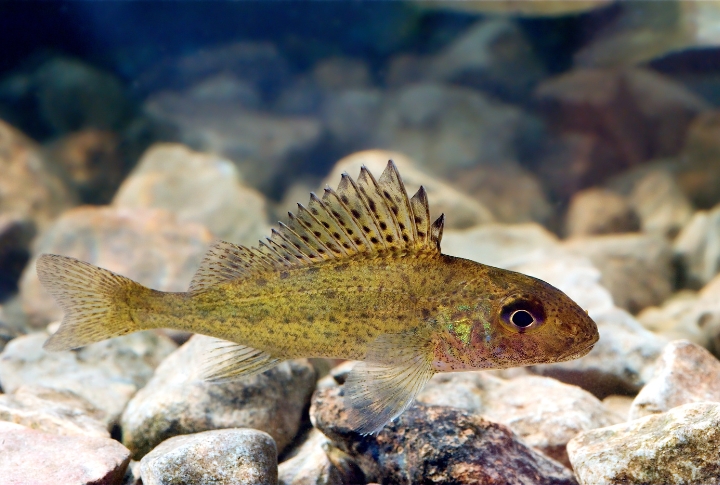
Some fish once thrived in America’s rivers and lakes, only to vanish as pollution, dams, and mismanaged introductions took their toll. But their stories didn’t end there, as these species have found unlikely second homes, flourishing where few expected them to. Let’s take a look at 10 such fish whose journeys reveal nature’s resilience.
European Carp
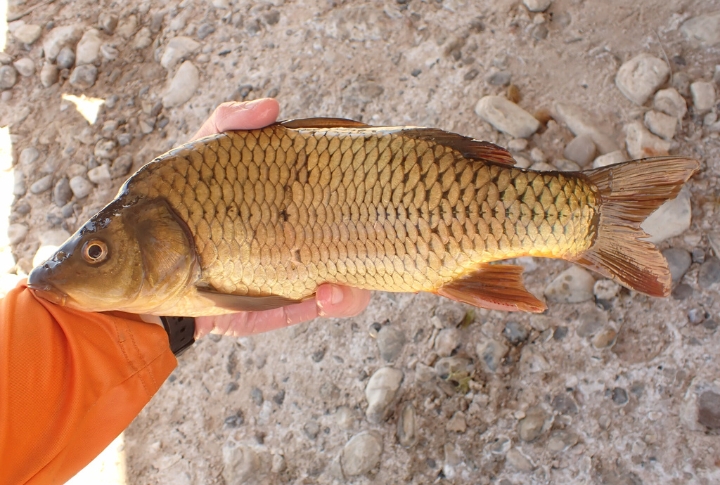
European carp were brought to the US in the 1800s as a food source, but later became problematic for native ecosystems. Known for stirring up sediment and disrupting plant life, they faced systematic removal. While scarce in US waters today, they continue to thrive in Europe and Asia, especially in culinary traditions.
Atlantic Salmon
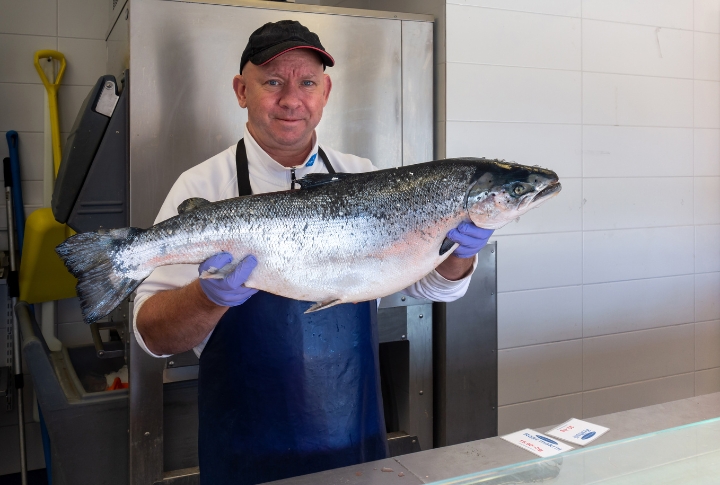
Formerly native to Lake Ontario and other US lake systems, Atlantic salmon are now mostly absent. However, booming migratory populations survive in Norway and Finland. Their unique ability to adapt to both saltwater and freshwater remains essential to their life cycle. Interestingly, these salmon are also known for waterfall-leaping during their migratory cycles.
Lake Whitefish
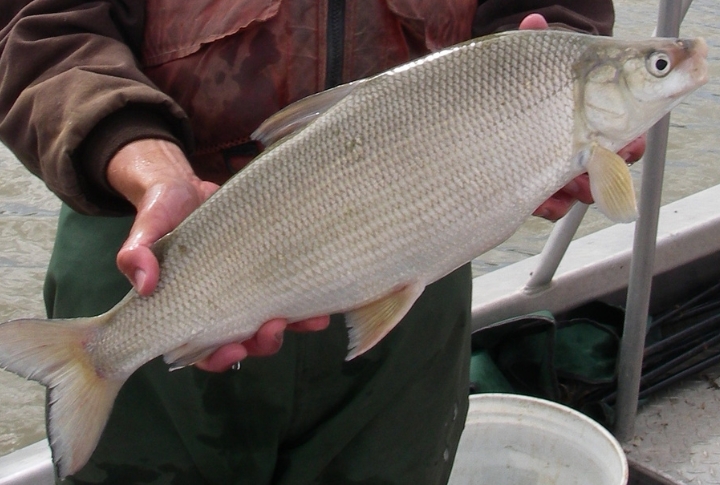
Celebrated for their mild flavor and sought-after roe, these fish spawn in deeper waters during winter months. Once common in the US Great Lakes, lake whitefish have suffered severe declines from pollution and overharvesting. Yet in Canada, particularly Ontario and Quebec, they continue to flourish in clean, cold lakes.
Vendace
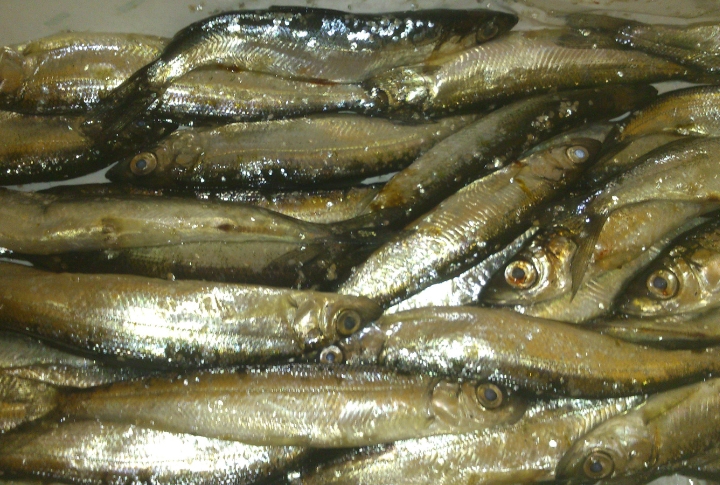
Although vendace failed to take root in US waters, they now thrive in parts of Europe. Lakes like Lochmaben in the UK and Lake Saimaa in Finland support strong and protected populations. These omega-3-rich fish form dense schools in clean, cold lakes and spawn in late autumn, making them ecologically valuable.
Nile Perch
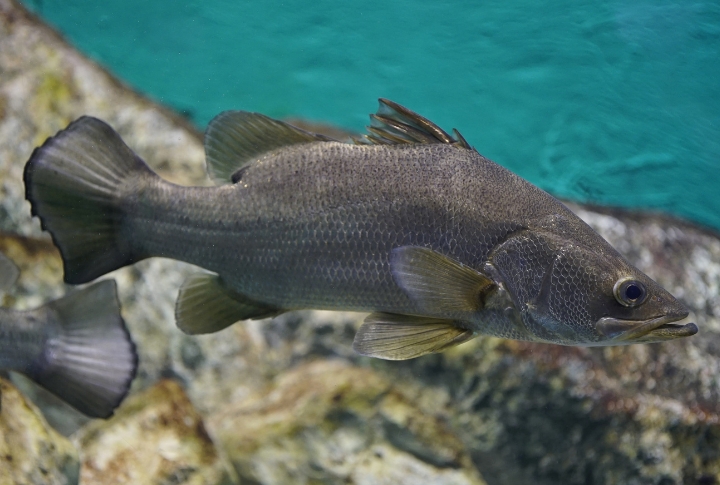
These massive fish, sometimes over 6 feet long, are fiercely aggressive and eat almost anything. Their unchecked spread has severely harmed native fish species and reshaped entire ecosystems in the lakes they now dominate. Nile perch didn’t survive in US lakes, but they’ve exploded in East African waters like Lake Victoria.
European Tench
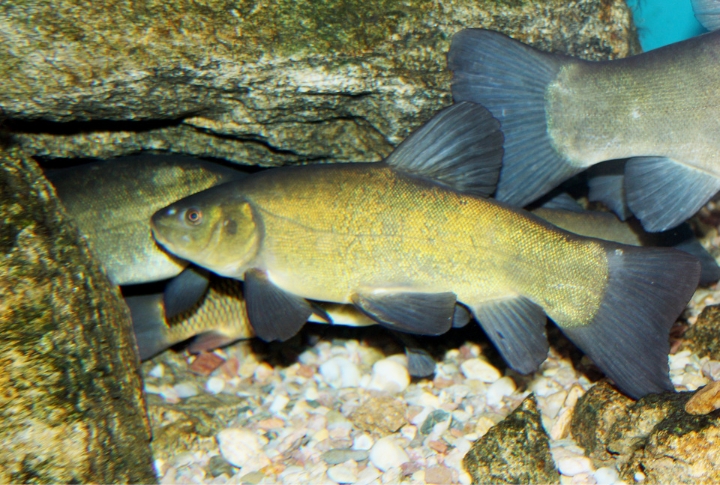
Though once introduced to US lakes, European tench never naturalized and gradually vanished. In contrast, they’re flourishing in Central Europe, especially in Germany, Poland, and the Czech Republic. Known for nighttime activity and a protective slime believed to aid healing, tench also holds cultural value as a traditional food.
Zander
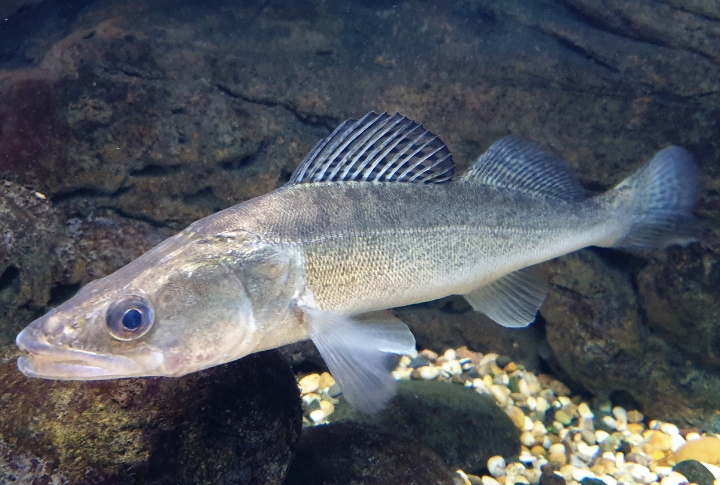
Zander never took off in the US—early reservoir trials were shut down. But in Eastern Europe, they’ve become a dominant species, especially in Hungary, Ukraine, and Russia. This night-vision-equipped predator resembles both pike and walleye and is now a prized catch among European sportfishing communities.
Crucian Carp
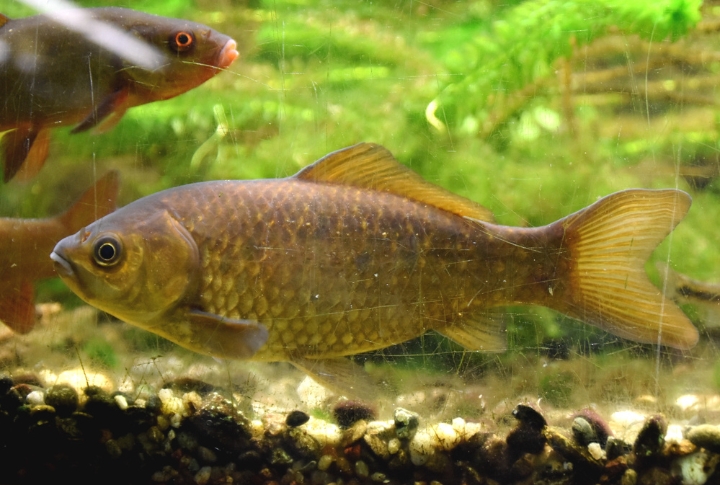
Famed for surviving harsh conditions, including low oxygen and winter burial in mud, they’re prized by traditional anglers who admire their elusive, shy bite and remarkable resilience. Crucian carp failed to establish stable populations in US lakes. Yet in the UK and Russia, they remain widespread in cold-water lakes.
Siberian Taimen
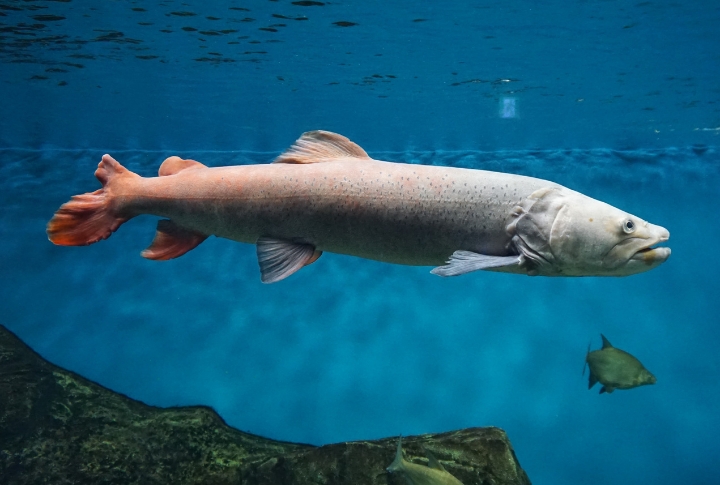
Siberian taimen were bred in US hatcheries but never introduced to wild waters. Meanwhile, they continue to flourish in remote parts of Siberia. Capable of surpassing 100 pounds, these long-lived predators, sometimes called “river wolves,” are notable for their size, aggression, and remarkable lifespans in undisturbed Russian river systems.
American Eel
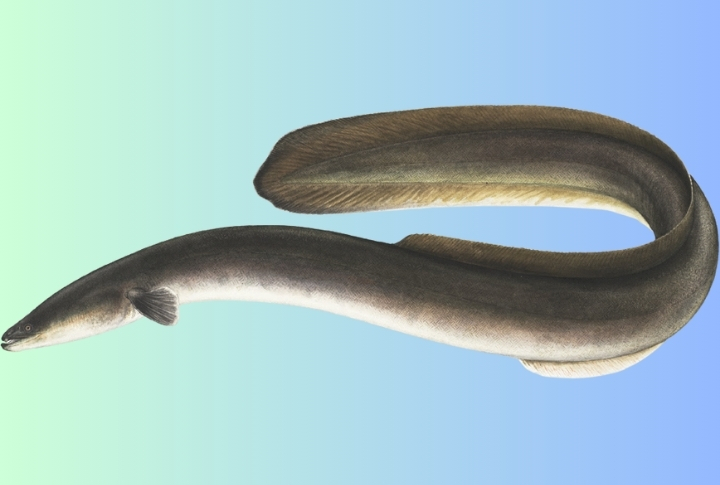
Their life cycle—from Sargasso Sea larvae to glass eels and river-dwelling adults—remains one of nature’s most complex and fascinating transformations. Unfortunately, American eels vanished from many eastern US rivers due to habitat loss and damming. Yet they’ve adapted in European rivers, where they remain ecologically important.

